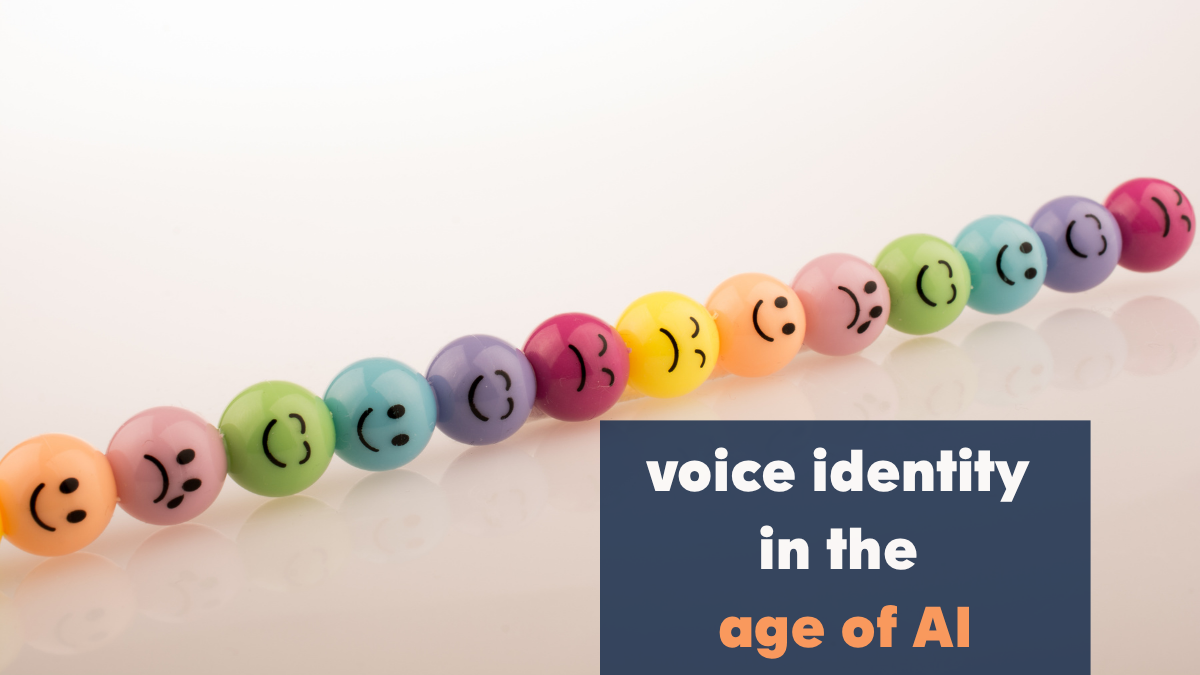For AAC users to communicate autonomously, they need to achieve proficiency in skills that enable them to freely express themselves. However, this requires an understanding of communicative competence so that parents and professionals can set goals accordingly. Read on to learn more about the individual skill areas that are key components of communicative competence.
What is Communicative Competence?
Communicative competence refers to an individual’s ability to effectively convey their opinions, thoughts, and feelings. It involves the knowledge of language and an awareness about how to use the language appropriately in various settings and contexts.
In 1989, Janice Light proposed a definition for communicative competence in which she identified four skill areas that are important to focus on to achieve communicative competence.
In 2003, Light added that psychosocial factors such as confidence, motivation, attitude, and resilience along with environmental barriers and supports can play a major role in the development of communicative competence .
So, the five core domains that are part of communicative competence are:
- Operational Competence
- Strategic Competence
- Social Competence
- Linguistic Competence
- Psychosocial Competence
Let’s look at each of these skill areas in more detail –


Linguistic Competence
Linguistic Competence refers to knowledge of spoken and written language along with the mastery of linguistic codes of AAC systems. It includes
- Expressive and receptive language skills in the communicator’s native language
- Knowledge of pictures, symbols, syntax, and grammar of the different AAC systems
- Multilingual learners acquiring language skills necessary for communicating with the larger community in addition to knowledge of their primary language.
- Knowledge of core and fringe vocabulary along with commonly used phrases
Operational Competence
This involves skills required for operation of AAC systems and includes
- Learning to use gestures and sign language
- Learning to operate with different access methods
- Navigating pages in a communication book
- Navigating folders in Augmentative and Alternative Communication systems
- Turning speech generating devices on and off and charging it
- Maintaining electronic devices
Strategic Competence
Strategic competence refers to adaptive strategies needed to overcome limitations of the AAC system and deficits in other skill areas. It includes
- Learning to use multiple modes of communication appropriately
- Directing the communication partner to assist with constructing a message
- Developing the ability to convey messages using available vocabulary and feature
- Requesting additional vocabulary
- Using prediction for more efficient communication
- Using Pre-stored phrases for quick communication
- Requesting help to repair and avoid communication breakdowns
Social Competence
Social competence refers to the knowledge of how to use AAC systems and strategies in social interactions. It includes
- Learning conversational skills such as taking turns, staying on topic
- Using language for different communicative purposes.
- Developing interpersonal skills that build social connections.
- Acquiring age-appropriate social skills
- Knowledge of pragmatics
- Requesting attention or information
- Projecting a positive self-image
Pyschosocial Competence
Psychosocial competence refers to the ability to deal with everyday situations with mental stability. It includes
- Being motivated to interact and communicate thoughts
- Faith in the positive effects of Augmentative and Alternative Communication methods
- Confidence in communicative abilities
- Being persistent in expressing ideas even in the event of communication breakdowns
- Understanding of environmental barriers to communication
Hope you enjoyed reading about communicative competence for AAC Users. Please write your feedback and suggestions in the comment section below.
References
https://praacticalaac.org/praactical/communicative-competence-in-aac/



